Green real estate in Vietnam
According to the 2024 Vietnam Green Building Market Overview Report published by the EDGE Green Building Certification System and the International Finance Corporation IFC, Vietnam currently has 559 green-certified buildings with more than 13.6 million m2 of construction floor area that have achieved green building certification and 31,384 apartments and 3,234 individual houses that have achieved green certification. In 2024 alone, Vietnam will have 163 green-certified buildings, more than 2 times higher than in 2023 and 3 times higher than in 2022 (with 54 buildings) and more than 27 times higher than in 2014 (6 buildings).
However, compared to the total real estate supply in the market, the proportion of projects achieving green certification is still modest. Most of the market still prioritizes the initial investment cost over long-term operating and usage value. This shows that, in addition to the obvious improvement in awareness, the Vietnamese real estate market is still in the process of transforming investment and consumption behavior towards sustainability.
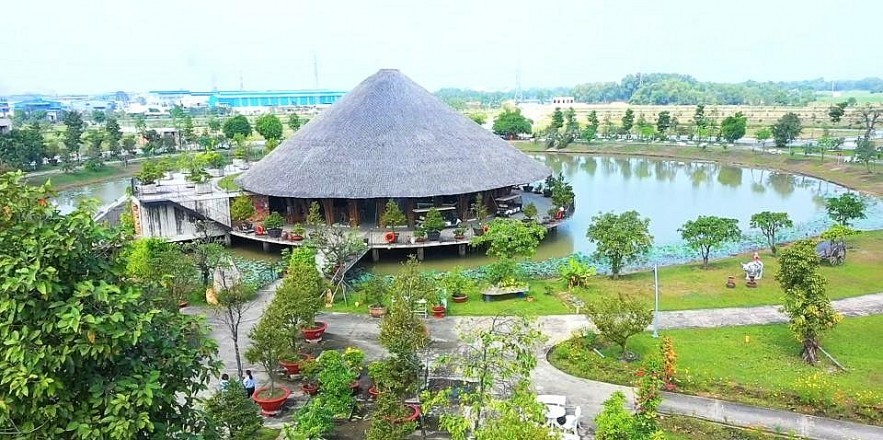
One of the barriers for investors when wanting to develop green projects is the higher initial cost compared to conventional construction. This comes from the requirements for higher technical design, environmentally friendly construction materials, as well as energy-saving, water-saving and waste-treatment technology systems.
In Vietnam, the State Bank has recently been actively implementing the goals of the National Strategy on Green Growth, with many remarkable results. Commercial banks have initially implemented many specific activities such as building processes and implementing preferential loan packages for businesses with green projects. However, green credit development in Vietnam still faces some limitations such as: There is no national green classification list as a basis for effective credit allocation and green investment capital mobilization; credit institutions still lack internal policies and specialized departments on environmental risk management; green projects often have long payback periods and high costs, while there is a lack of mechanisms to support preferential long-term capital sources...
In addition, the Vietnamese real estate market lacks a clear set of national criteria to evaluate a project as “green”, leading to investors not having a basis for design and construction orientation, as well as providing it to banks during the appraisal and disbursement of preferential green loans.
Therefore, according to real estate experts, to encourage green real estate development, ministries, branches and localities need to coordinate to develop and promulgate a set of national criteria on green buildings issued by state agencies in accordance with the characteristics of the Vietnamese market; establish financial support mechanisms such as the National Green Investment Fund, provide preferential loans or credit guarantees for projects that meet green criteria; strengthen the role of communication to raise people's awareness of the long-term benefits of green buildings.
Inevitable trend
Vietnam is making strong efforts to realize its commitment to net zero emissions by 2025. Accounting for about 39% of total greenhouse gas emissions (including construction and operation of works according to the United Nations Environment Program), the real estate sector is making positive changes to contribute to the national target. The green real estate market, with "carbon-neutral" works and green certificates, is affirming the sustainable trend, bringing practical economic value to investors.
The results of a survey by Batdongsan.com.vn on customer sentiment at the end of 2024 also showed that 86% of survey participants were interested in buying a green home and 88% were willing to pay more for a green home. Compared to the development of conventional real estate projects, the development of green projects also helps investors benefit from policies when the State is taking many synchronous actions to promote the development of green buildings. Specifically, the National Master Plan for the period 2021-2030, with a vision to 2050, has identified "developing green, smart, low-emission urban areas" as one of the main orientations.
In addition, the Ministry of Construction is also gradually perfecting the legal framework for green buildings through new technical standards and updating construction regulations towards energy saving, using sustainable materials and adapting to climate change. Major cities such as Ho Chi Minh City, Da Nang, and Hanoi have included green building criteria in the planning approval and construction permitting conditions for social housing projects, new urban areas, and commercial centers.
In fact, green real estate projects have been shown to retain their value better in the secondary market. Green certified housing projects have recorded stable price increases and better value retention during volatile market periods. According to the World Green Building Council (WorldGBC), green buildings can increase overall property values by up to 7% over five years.
In addition, investing in green buildings also brings about clear economic efficiency with a quick capital recovery period and low operating costs. Data from the popular green building certification system today shows that the additional cost for a green project is usually within a reasonable range and can be recovered in a short time.
The trend of creating “carbon-neutral” real estate projects and achieving green certification in Vietnam is a step in line with Vietnam’s Net Zero commitment by 2050. Therefore, real estate project developers need to actively update international green standards, integrate energy-saving requirements, sustainable materials and technological solutions right from the design and planning stages; proactively cooperate with international organizations to access preferential capital and technical advice for green building development.
The Vietnam Real Estate Association recommends that the State should soon complete the system of standards, regulations and legal corridors related to green buildings, low-carbon urban development and neutral emissions. At the same time, design specific incentive policies for projects achieving green certification such as: Prioritizing planning approval, reducing land use tax, credit incentives or incentives through land use bidding criteria.
From a business perspective, Ms. Luu Thi Thanh Mau, CEO of Phuc Khang Corp (Vietnam's leading enterprise developing green buildings) commented that construction according to green building standards will help investors save operating costs; create opportunities for businesses to provide green solutions and technologies; raise public awareness, and increase access to capital more easily because many investment funds now prioritize funding for sustainable projects.
Mr. Tran Ngoc Duy, Deputy Director of Savills Hanoi Real Estate Management Department, said that to be recognized as a green building, in addition to meeting sustainable criteria in terms of construction design and construction materials, projects need to meet environmental performance and energy-saving operations. There are four popular types of green building certifications today: Leed, Edge, Well Building Standard and Lotus, recognized by international organizations.
Source: https://baolaocai.vn/chung-chi-xanh-trong-phat-trien-du-an-bat-dong-san-tai-viet-nam-post400956.html






![[Photo] Nhan Dan Newspaper launches “Fatherland in the Heart: The Concert Film”](https://vphoto.vietnam.vn/thumb/1200x675/vietnam/resource/IMAGE/2025/10/16/1760622132545_thiet-ke-chua-co-ten-36-png.webp)
![[Photo] General Secretary To Lam attends the 18th Hanoi Party Congress, term 2025-2030](https://vphoto.vietnam.vn/thumb/1200x675/vietnam/resource/IMAGE/2025/10/16/1760581023342_cover-0367-jpg.webp)

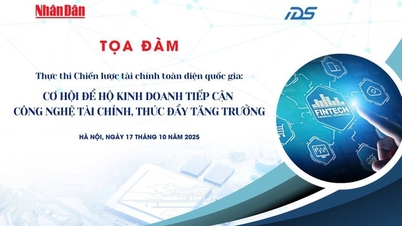

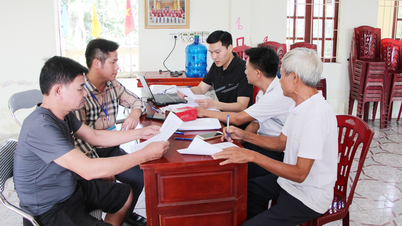

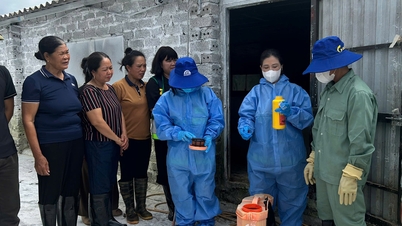
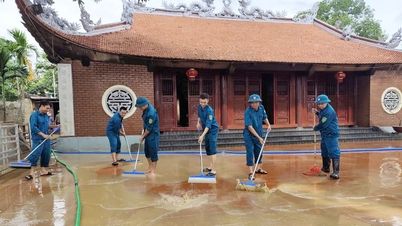
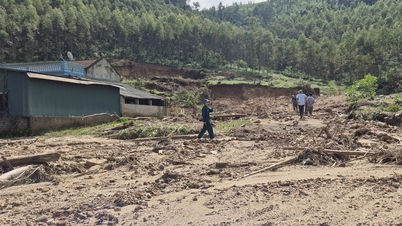





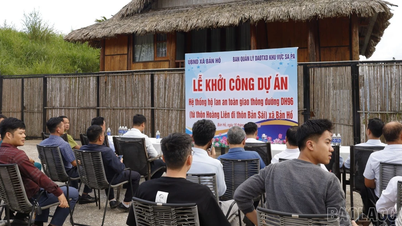

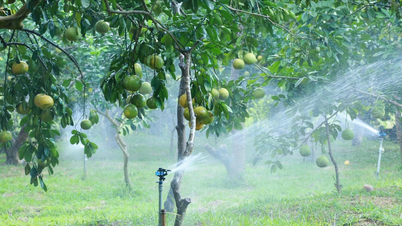
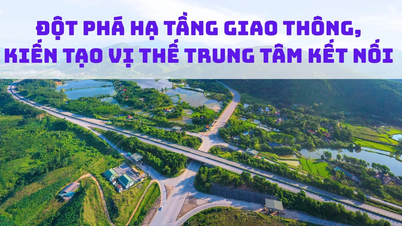
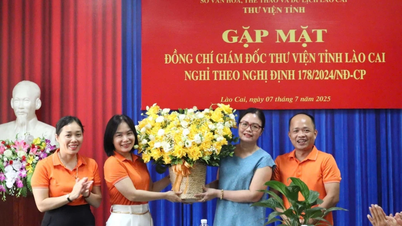
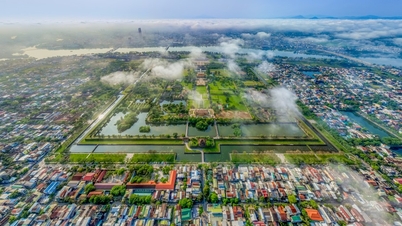







![[Video] TripAdvisor honors many famous attractions of Ninh Binh](https://vphoto.vietnam.vn/thumb/402x226/vietnam/resource/IMAGE/2025/10/16/1760574721908_vinh-danh-ninh-binh-7368-jpg.webp)

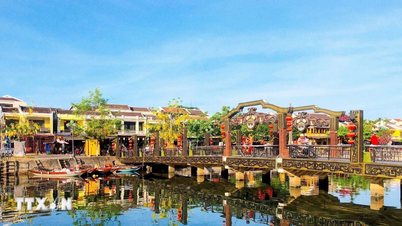



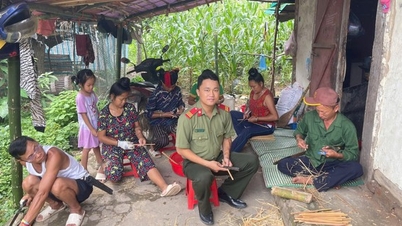






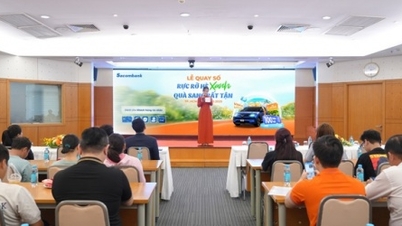

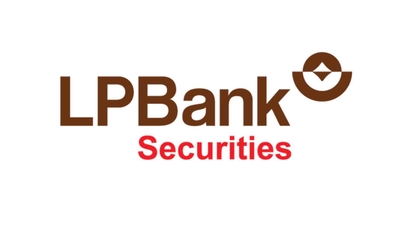

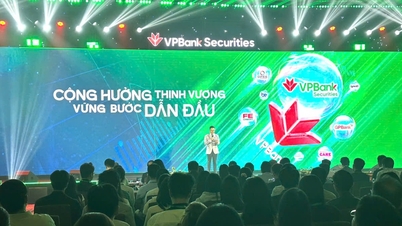


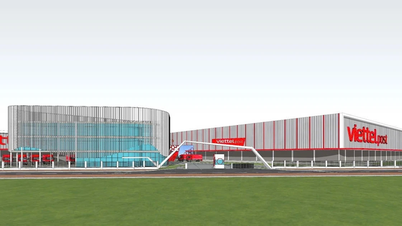
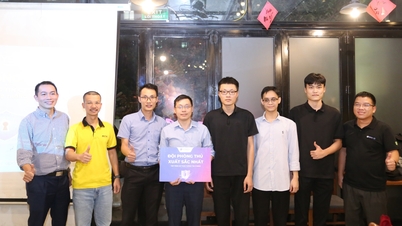




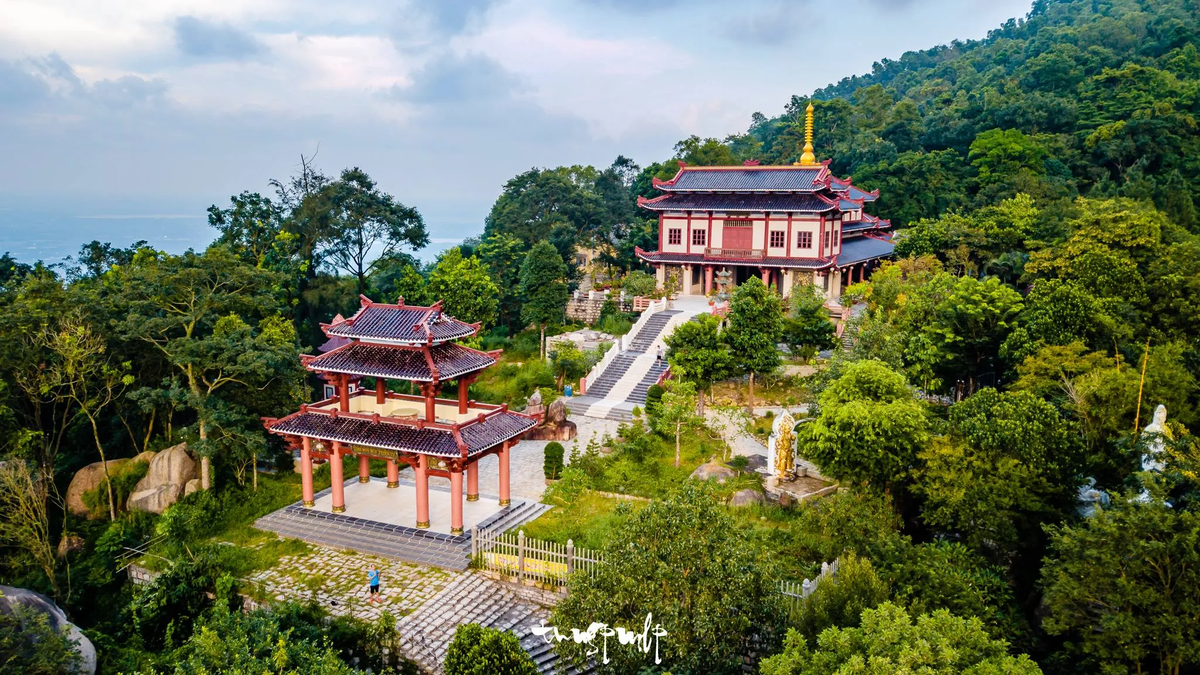
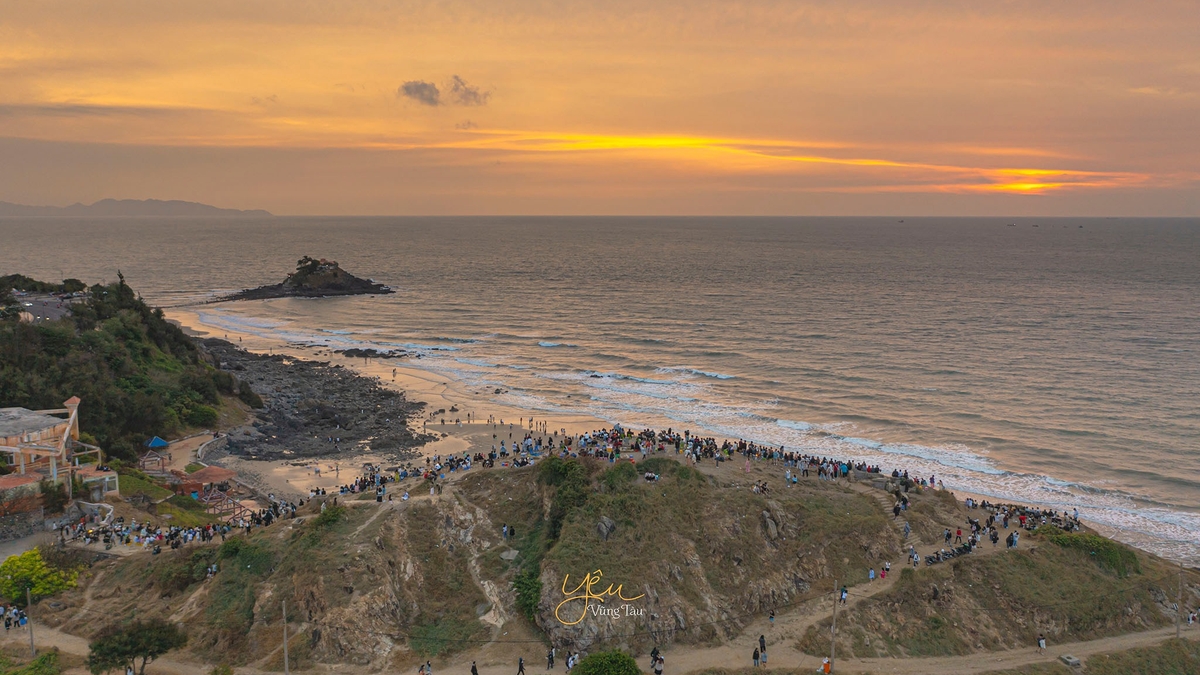
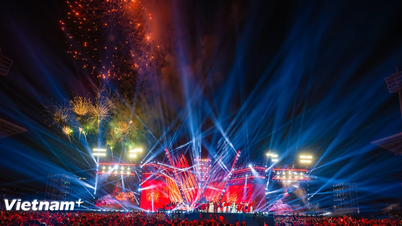
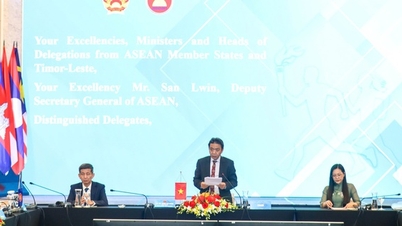

![[Photo] Nhan Dan Newspaper launches “Fatherland in the Heart: The Concert Film”](https://vphoto.vietnam.vn/thumb/402x226/vietnam/resource/IMAGE/2025/10/16/1760622132545_thiet-ke-chua-co-ten-36-png.webp)

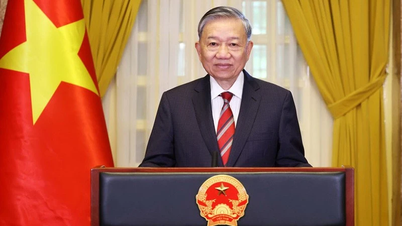





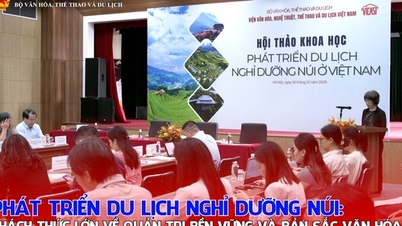
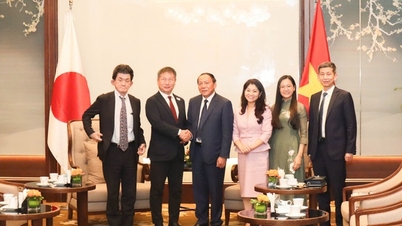
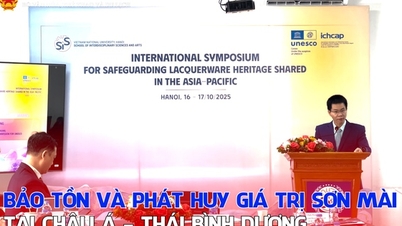

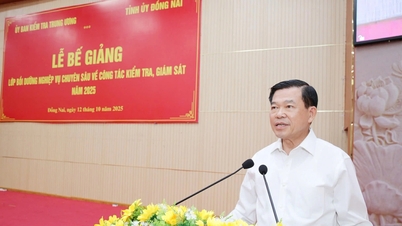

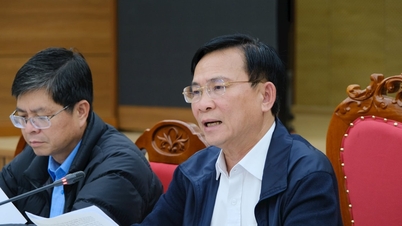

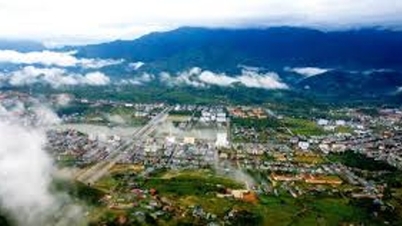





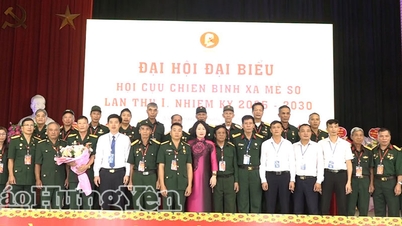


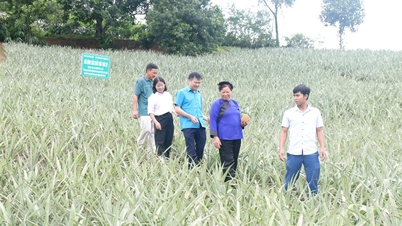
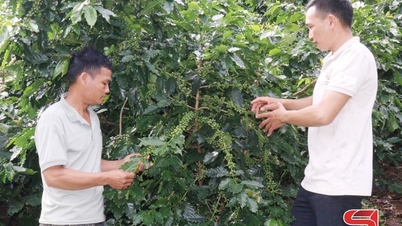

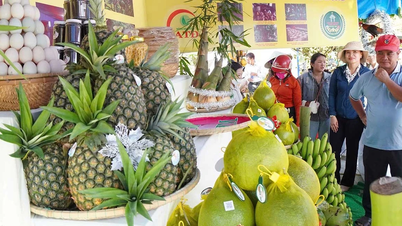

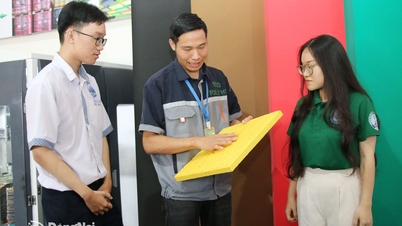

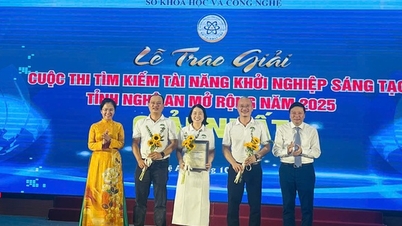






Comment (0)